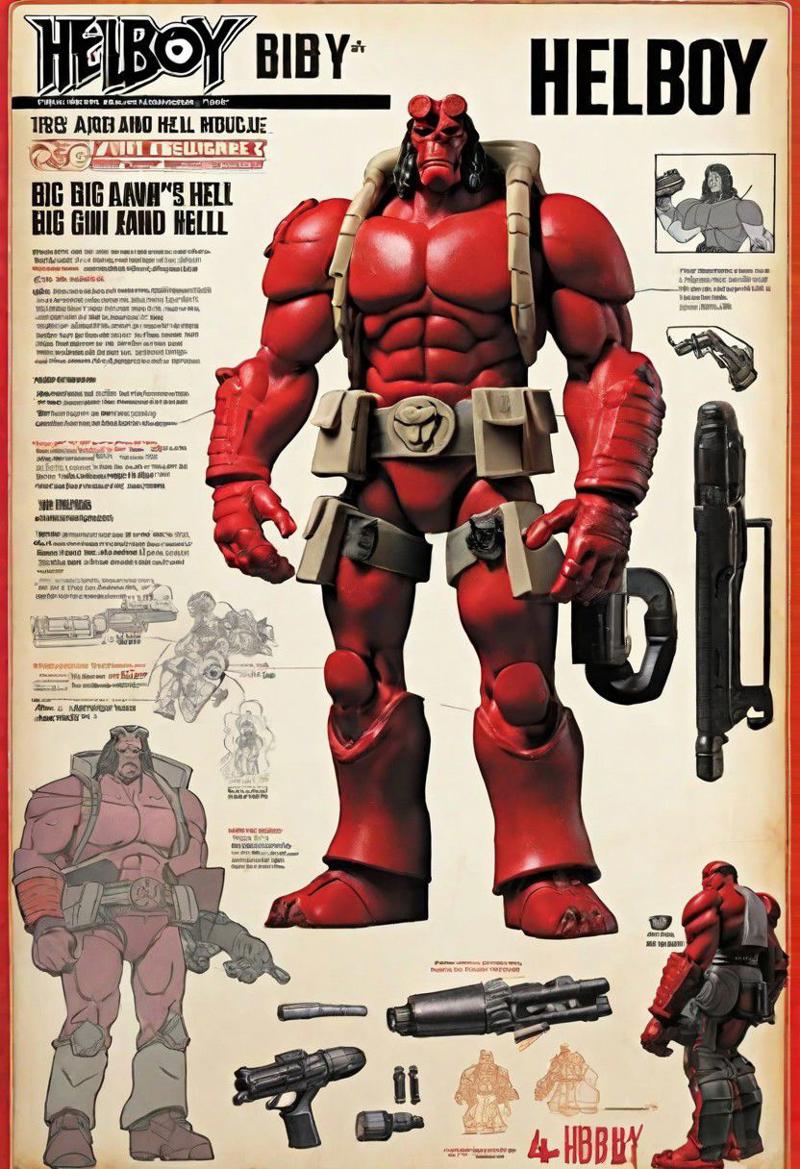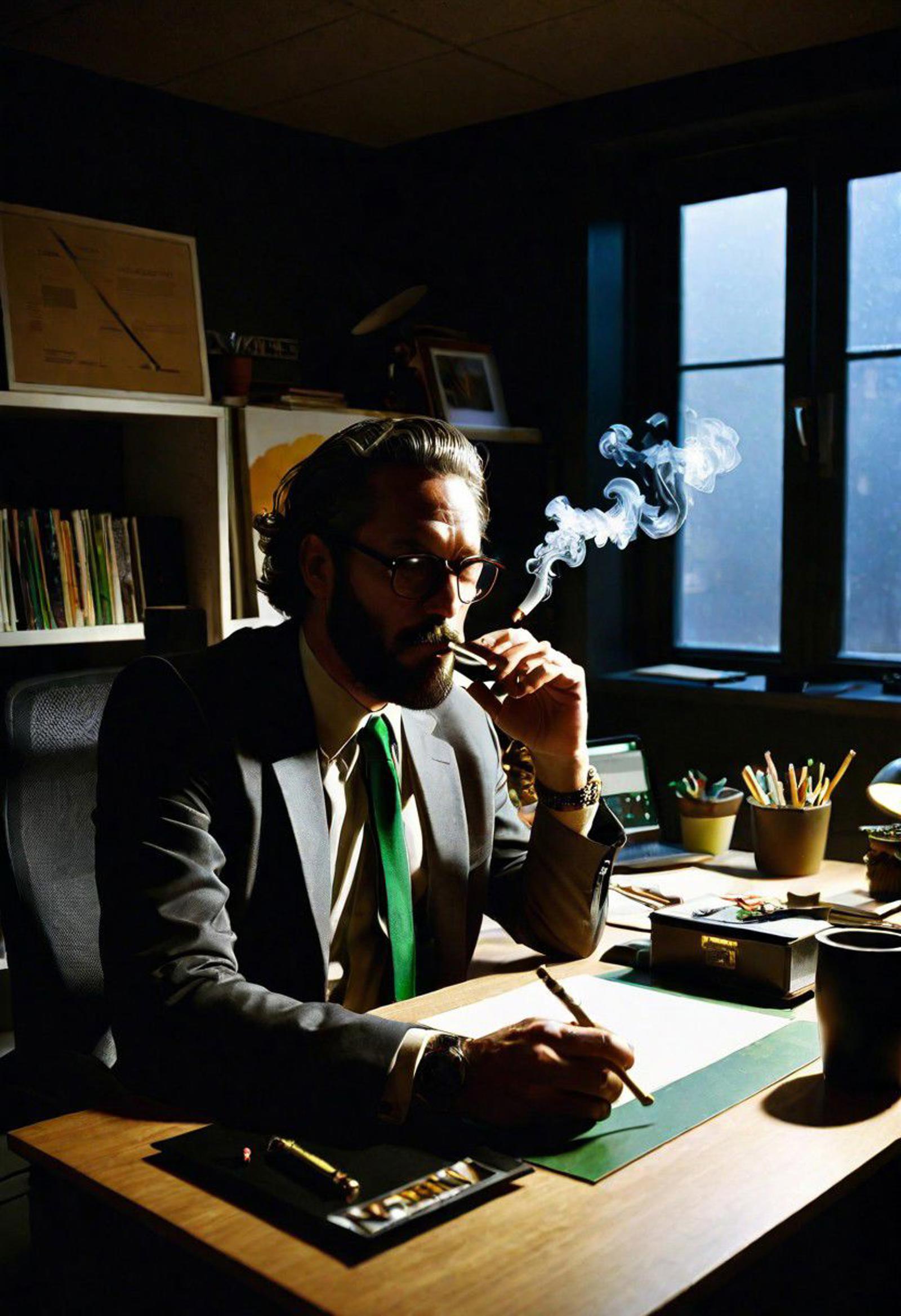What is AI-Generated Art and How Does it Work?
AI-generated art, created using tools like CIVITAI, is where algorithms become artists. These tools churn out unique artworks based on input prompts, revolutionizing the design process with efficiency and variety.

The Role of AI-Generated Art in Assisting Art Directors
AI-generated art is a perfect fit for an Art Directors toolbox. It’s like a sidekick that offers:
Speed: Generating layouts and concepts quickly.
Variety: Offering a range of styles and ideas for creative inspiration.
Precision: Fine-tuning details for perfect layouts.
Experimentation: Enabling risk-free creative exploration.
AI doesn’t replace Art Directors; it enhances their creativity and productivity.
Benefits of Using AI for Layout Design
AI brings a host of advantages to layout design:
Time Efficiency: AI significantly reduces design time, making deadlines more manageable.
Enhanced Creativity: AI introduces new perspectives and styles, pushing creative boundaries.
Customization: AI adapts quickly to specific style requirements.
Risk-Free Experimentation: AI encourages trying new ideas without wasting resources.
Client Satisfaction: AI’s ability to create diverse concepts leads to more options for clients.
In essence, AI is a versatile tool in the art director’s toolkit, combining efficiency with creativity.

Notable Examples and Case Studies
Art Directors across various fields are already harnessing AI’s power:
Architecture: Using AI to visualize futuristic buildings.
Fashion: AI predicts trends and designs innovative clothing.
Advertising: AI creates targeted ad campaigns based on consumer behavior analysis.
Film: AI assists in everything from scripting to set design.
These examples demonstrate AI’s transformative role in art direction.
Integrating AI Art Tools in Existing Workflows
Incorporating AI into art direction workflows is simpler than it seems. Here’s how:
Start Small: Begin with basic tasks like color selection.
Experiment: Play with different AI settings to discover its capabilities.
Combine with Traditional Methods: Use AI to complement, not replace, traditional skills.
Iterate and Refine: Use AI for quick design iterations.
Feedback and Adjustment: Continuously adapt AI usage based on feedback.
Conclusion
AI in art direction is not just a trend; it’s a paradigm shift. It augments the creative process, enabling Art Directors to explore new frontiers in design. AI is not about replacing human creativity; it’s about enhancing and expanding it. Embrace AI as a tool for innovation and watch your artistic vision unfold in ways previously unimaginable.





